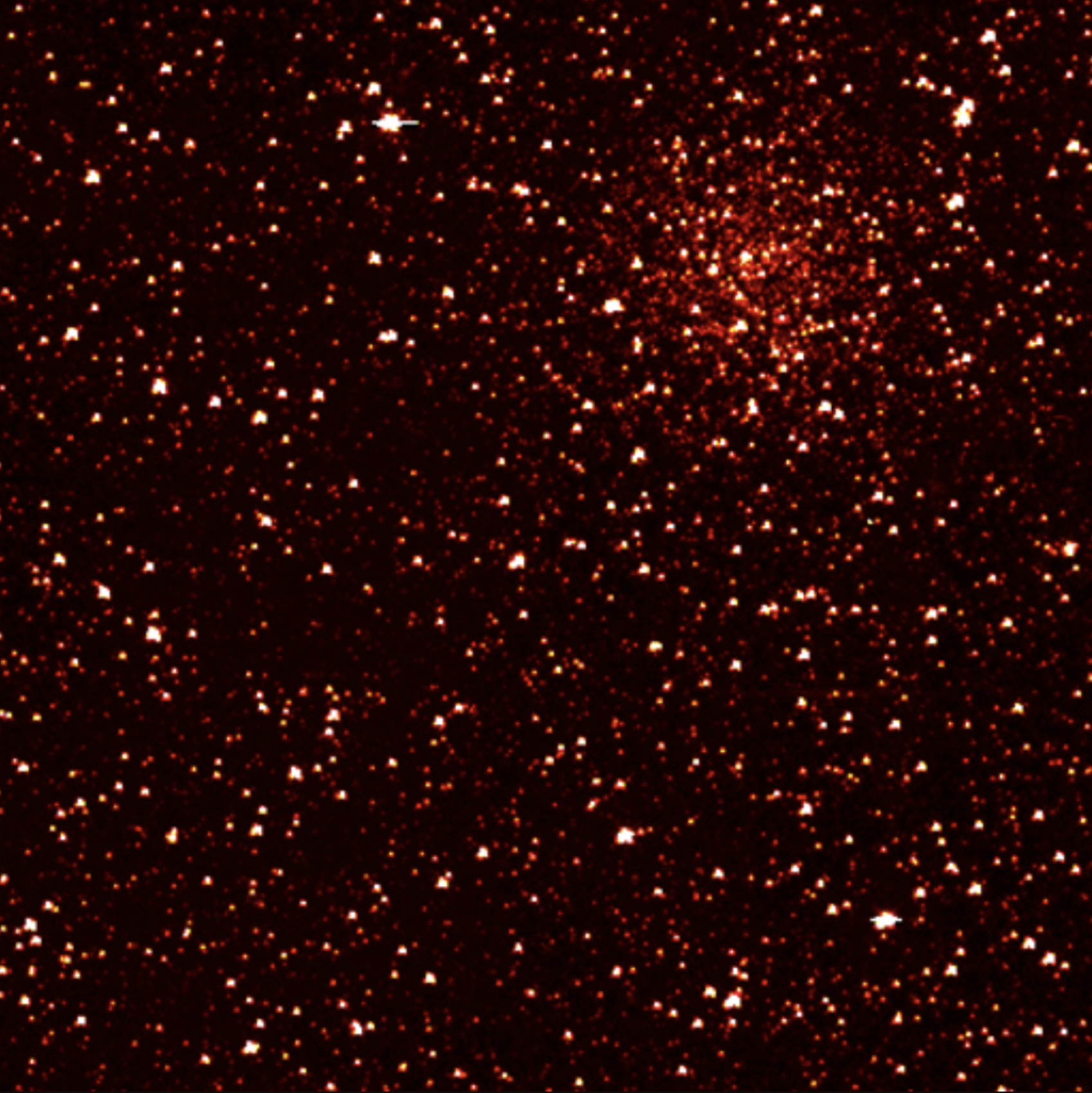Christopher Lindsay

Christopher Lindsay
Research
Red Giant Seismology
Related Papers: Christopher Lindsay, Joel Ong, and Sarbani Basu. 2022 (ApJ, 931:116) Mixed Mode Asteroseismology of Red Giant Stars Through the Luminosity Bump
Asteroseismology is the study of oscillations in stars. So called ‘Solar-type’ oscillators have modes in two major categories, p-modes where the restoring force is pressure, and g-modes, where the restoring force is gravity (buoyancy). In this work we focused on red giant stars where p-modes oscillate in the outer convective envelope and g-modes oscillate in the radiative core. The two propagation regions are separated by a thin ‘forbidden’ region across which modes can couple, giving rise to mixed modes of g-like character in the core and p-like character in the outer envelope. Since the coupling of core g-modes and envelope p-modes depends strongly on the details of the stellar interior structure near the convective boundary, observed dipolar mixed modes can be exploited to answer questions related to core/envelope mixing processes such as convective overshooting. Convective overshoot is the process by which convective fluid parcels overshoot their classical convective boundaries, powered by their own momentum. This leads to efficient extra mixing beyond the classical convective boundaries, effectively changing the convection zone size. Using stellar model calculations, we showed in a recent paper (Lindsay et al., 2022) that changing how overshooting from red giant convective envelopes is modeled makes a significant difference in the asteroseismic properties of stars near the red giant branch luminosity bump. We will use these theoretical findings to guide additional research projects. See my conference website from the TESS Science Conference 2 meeting here
Near-core Acoustic Glitches
I have also performed research related to what studying oscillation waves in intermediate mass main-sequence stars can (or can’t) tell us about their deep interiors. In the following paper, my collaborators and I consider prospects for using pressure modes (p-modes) near the frequency of maximum oscillation power to probe the structure of the near-core layers of main sequence stars with convective cores by constructing stellar model tracks. Within our mass range of interest, the inner turning point of p modes as determined by the JWKB approximation evolves in two distinct phases during the main sequence, implying a sudden loss of near-core sensitivity during the discontinuous transition between the two phases. However, we also employ non-JWKB asymptotic analysis to derive a contrasting set of expressions for the effects that these structural properties will have on the mode frequencies, which do not encode any such transition. We show analytically that a sufficiently near-core perturbation to the stellar structure results in non-oscillatory, degree-dependent perturbations to the star’s oscillation mode frequencies, contrasting with the case of an outer glitch. We also demonstrate numerically that these near-core acoustic glitches exhibit strong angular degree dependence, even at low degree, agreeing with the non-JWKB analysis, rather than the degree-independent oscillations which emerge from JWKB analyses. These properties have important implications for using p-modes to study near-core mixing processes for intermediate-mass stars on the main sequence, as well as for the interpretation of near-center acoustic glitches in other astrophysical configurations, such as red giants.
Sub-giant Asteroseismology
Related Papers Christopher Lindsay, Joel Ong, and Sarbani Basu. 2024 (ApJ, 965:17) Fossil Signatures of Main-sequence Convective Core Overshoot Estimated through Asteroseismic Analyses Some physical processes that occur during a star’s main-sequence evolution also affect its post-main-sequence evolution. It is well known that stars with masses above approximately 1.1 M⊙ have well-mixed convective cores on the main sequence; however, the structure of the star in the neighborhood of the convective core regions is currently underconstrained. We use asteroseismology to study the properties of the stellar core, in particular convective boundary mixing through convective overshoot, in such intermediate-mass stars. These core regions are poorly constrained by the acoustic (p) mode oscillations observed for cool main-sequence stars. Consequently, we seek fossil signatures of main-sequence core properties during the subgiant and early first-ascent red giant phases of evolution. During these stages of stellar evolution, modes of mixed character that sample the deep interior can be observed. These modes sample the parts of the stars that are affected by the main-sequence structure of these regions. We model the global and near-core properties of 62 subgiant and early first-ascent red giant branch stars observed by the Kepler, K2, and TESS space missions. We find that the effective overshoot parameter, αov,eff, increases from M = 1.0 M⊙ to M = 1.2 M⊙ before flattening out, although we note that the relationship between αov,eff and mass will depend on the incorporated modeling choices of internal physics and nuclear reaction network. We also situate these results within existing studies of main-sequence convective core boundaries.
Cluster Red Giants
I am currently using various ‘peak-bagging’ codes to study the oscillation modes of red giant stars in the Kepler clusters NGC6791 and NGC6819. I am also applying these peakbagging codes to bright giant stars in the field.
